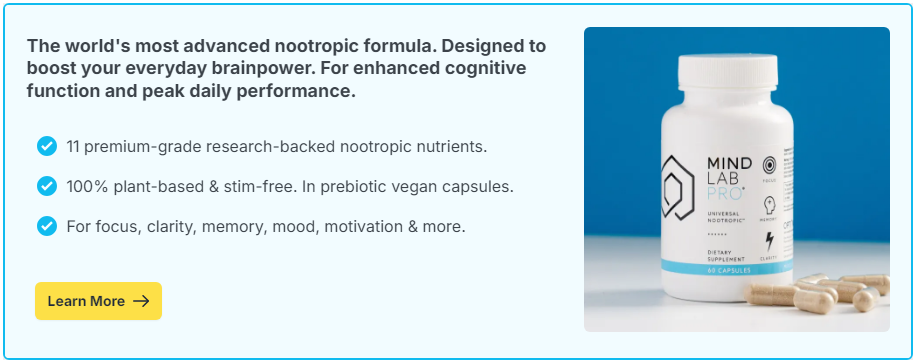
For years, lunch was the start of my daily productivity dip. I’d eat, feel heavy, and spend the next hour fighting to keep my eyes open while my to-do list grew longer. That post-lunch slump wasn’t just annoying – it cost me some of my most valuable work time.
Now, it’s different. My afternoons are some of my most focused hours, and I don’t feel that foggy crash that used to be inevitable. The change didn’t happen overnight, but a few strategic shifts in how I eat, move, and fuel my brain have made all the difference.
Contents
The Real Reason for the Afternoon Slump
That after-lunch crash isn’t all in your head – it’s a mix of biology and habit. When you eat, your body diverts more blood to your digestive system. If your meal is heavy in carbs and sugar, blood sugar spikes and then drops sharply, leading to fatigue. On top of that, our circadian rhythm naturally dips in alertness in the early to mid-afternoon.
While you can’t change the human circadian rhythm, you can influence how your body and brain respond to it.
The 4 Changes That Transformed My Afternoons
Here’s what I adjusted in my routine to go from foggy to focused after lunch.
1. Rethinking the Meal Itself
I swapped large, carb-heavy lunches for lighter meals centered on protein, healthy fats, and vegetables. For example, grilled chicken with avocado and a side salad keeps my blood sugar steady. If I have carbs, they’re complex and paired with protein – like quinoa with salmon and spinach.
2. Moving Right After Eating
Instead of going straight back to my desk, I take a 10-minute walk outside or around the office. This light movement improves circulation, aids digestion, and gently boosts energy without feeling like a workout.
3. Strategic Hydration
Afternoons are when mild dehydration tends to sneak up on me. I make sure to drink water before and after lunch, sometimes adding a pinch of electrolyte powder to avoid that sluggish, dehydrated feeling.
4. Brain-Supportive Supplementation
I take Mind Lab Pro with or just after lunch on busy days. The citicoline supports brain energy, L-theanine promotes calm focus, and bacopa monnieri aids memory and mental clarity. This helps me stay engaged in the hours that used to be my weakest.
Why These Changes Work Together
By keeping lunch light and balanced, I avoid the dramatic blood sugar shifts that trigger fatigue. Post-meal movement counteracts the natural slowdown by signaling to my body that it’s time to stay active. Hydration ensures my brain has what it needs to maintain cognitive performance. And brain-supportive nutrients help sharpen mental focus even during the natural circadian dip.
The Difference I Notice Now
Instead of dragging through the early afternoon, I find it’s one of my most productive times. I often schedule deep work tasks for after lunch because my focus is so strong. That’s a huge shift from before, when I’d put off anything mentally demanding until later in the day.
Tips for Your Own Post-Lunch Energy Boost
- Make lunch smaller and balanced – more protein and veggies, fewer refined carbs.
- Take a short walk within 15 minutes after eating.
- Drink water before, during, and after your meal.
- Experiment with timing and portion size to see what works best for you.
- Support your brain with nutrients that promote steady focus.
The post-lunch slump doesn’t have to be a given. By being intentional about what I eat, how I move, and how I support my brain, I’ve turned afternoons into a time of high energy and clear thinking. That small shift has had an outsized impact on my daily productivity.

